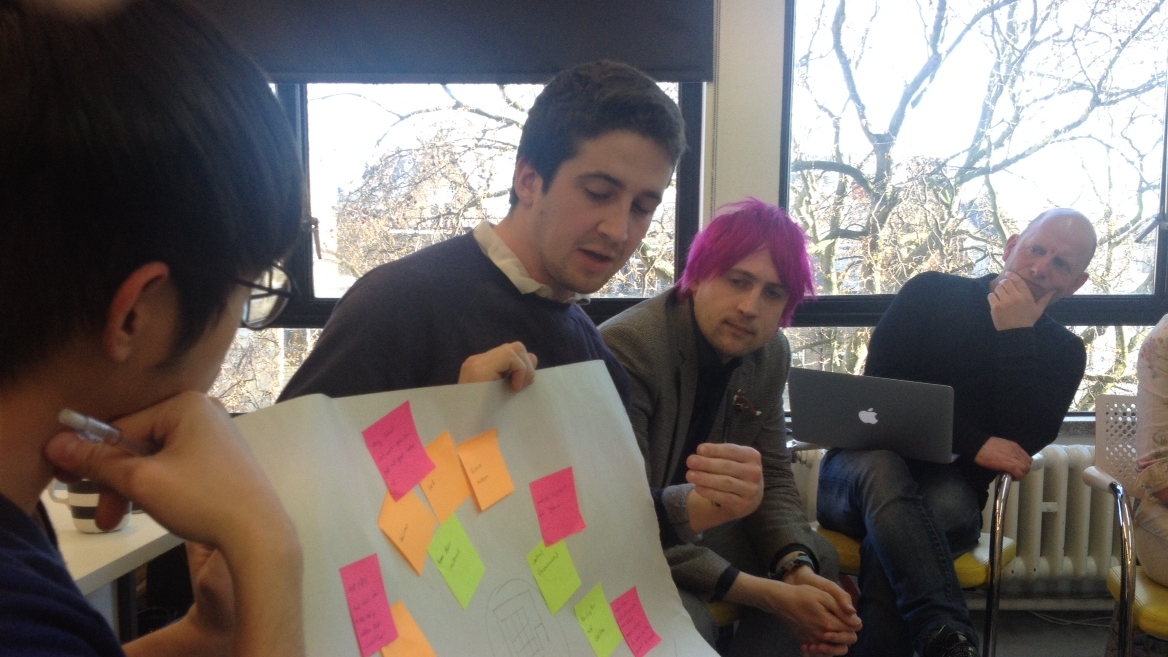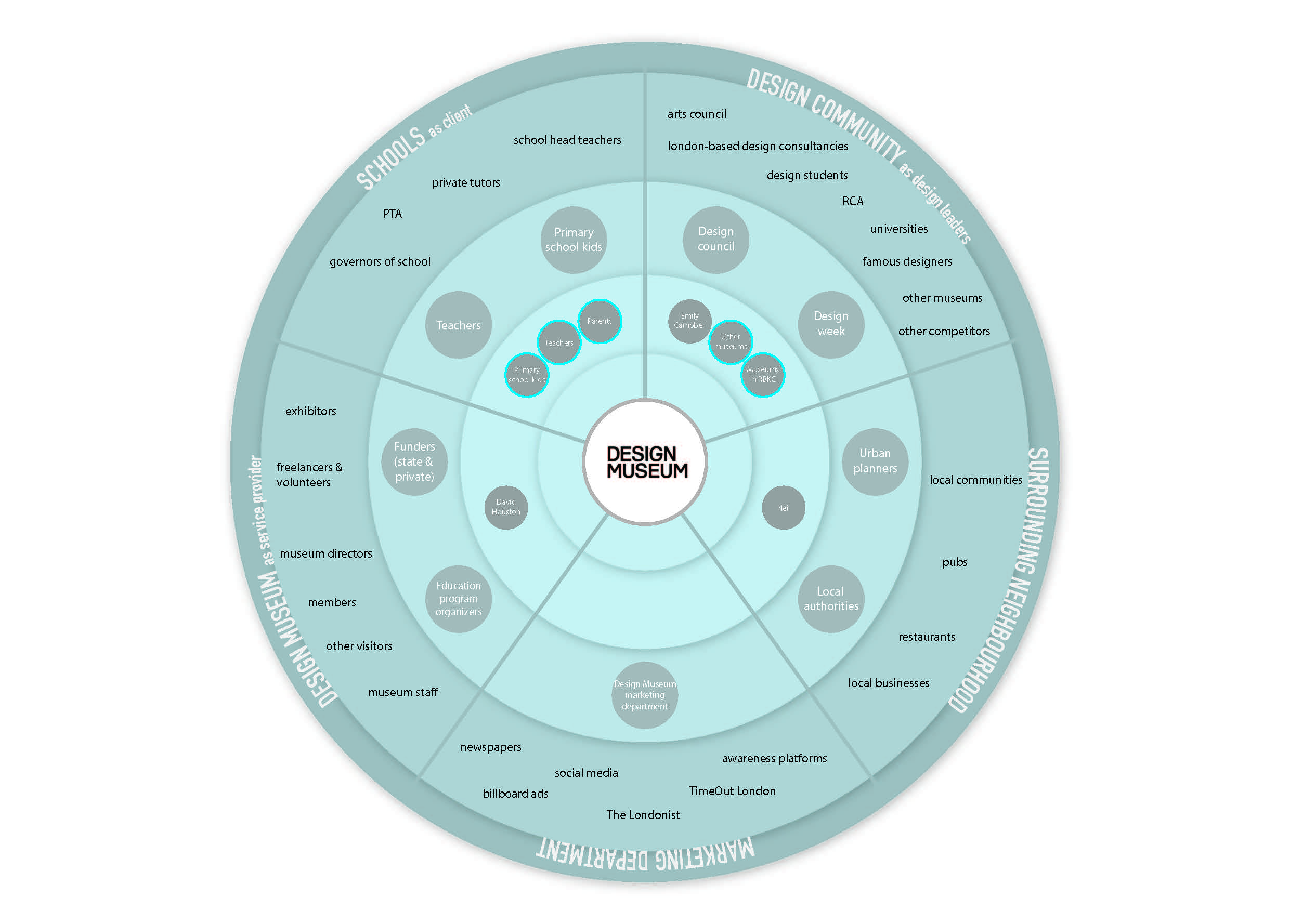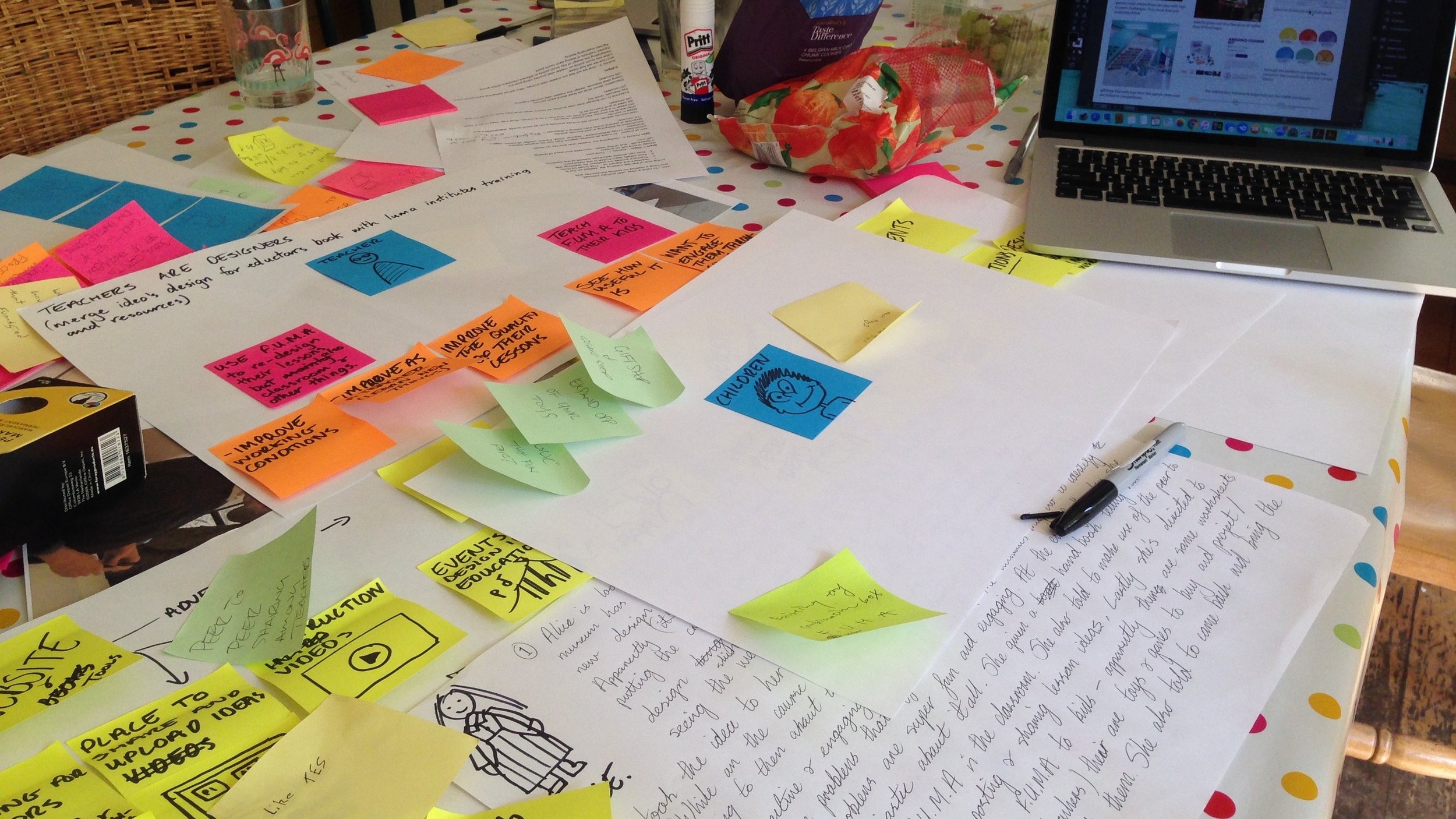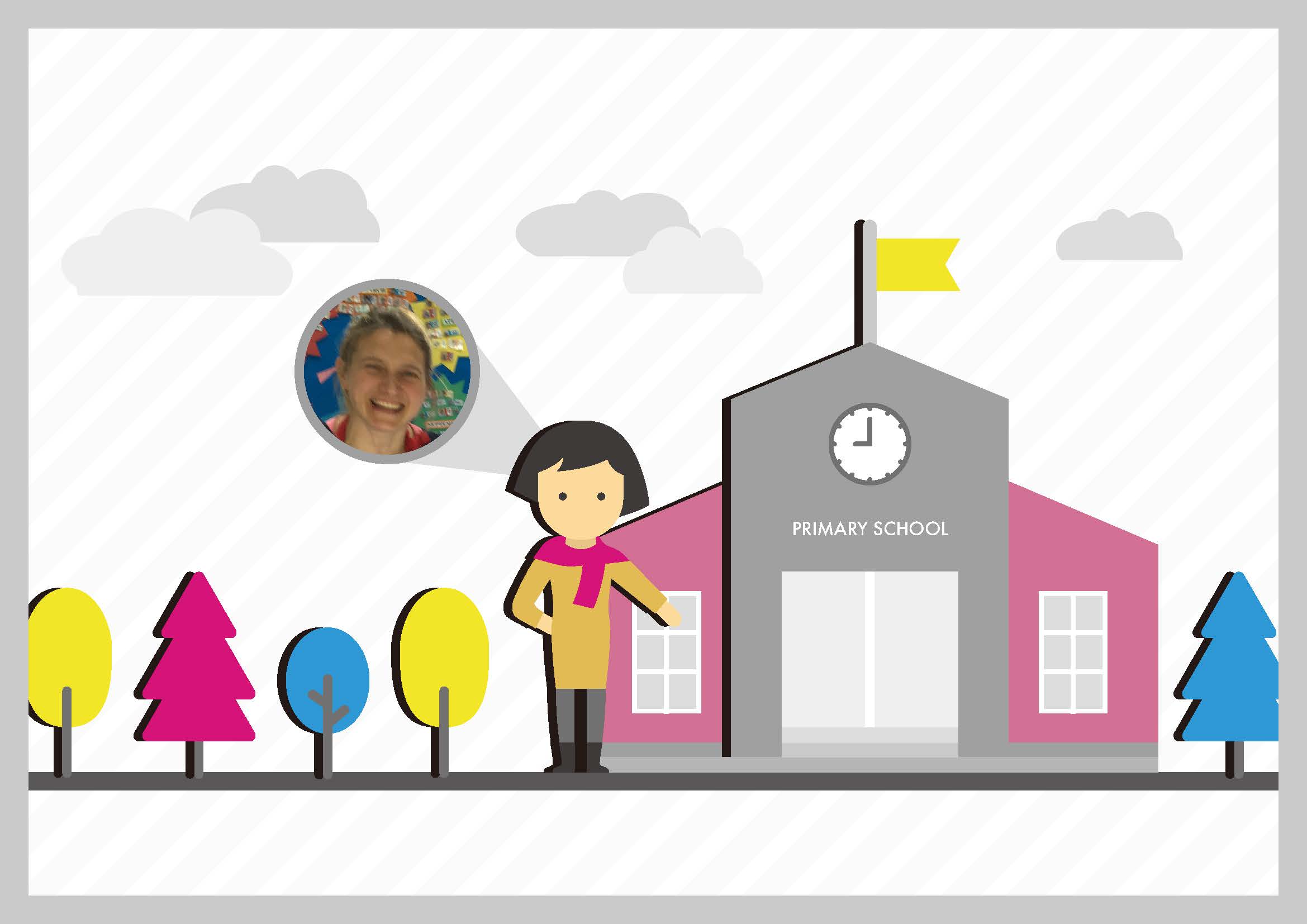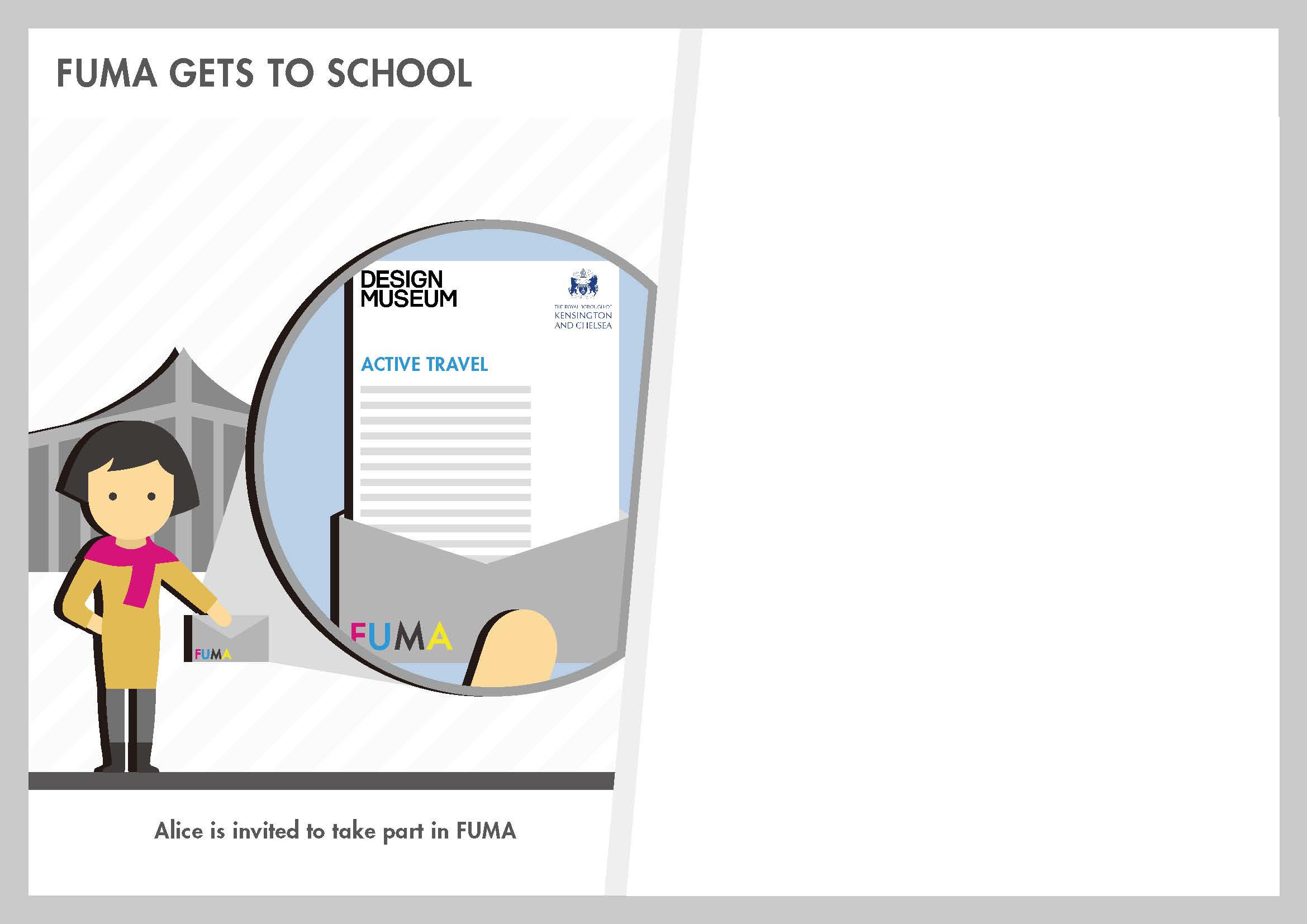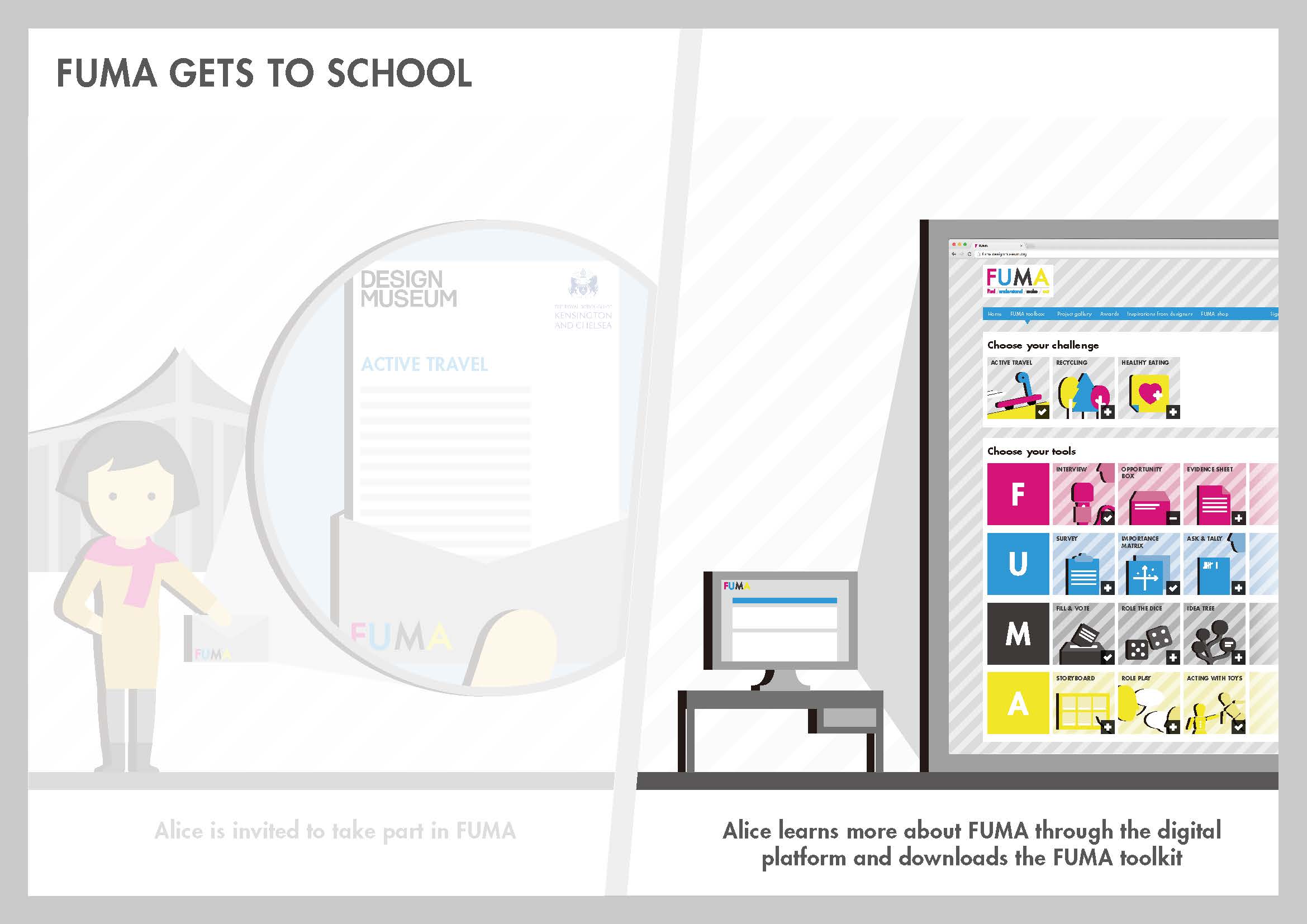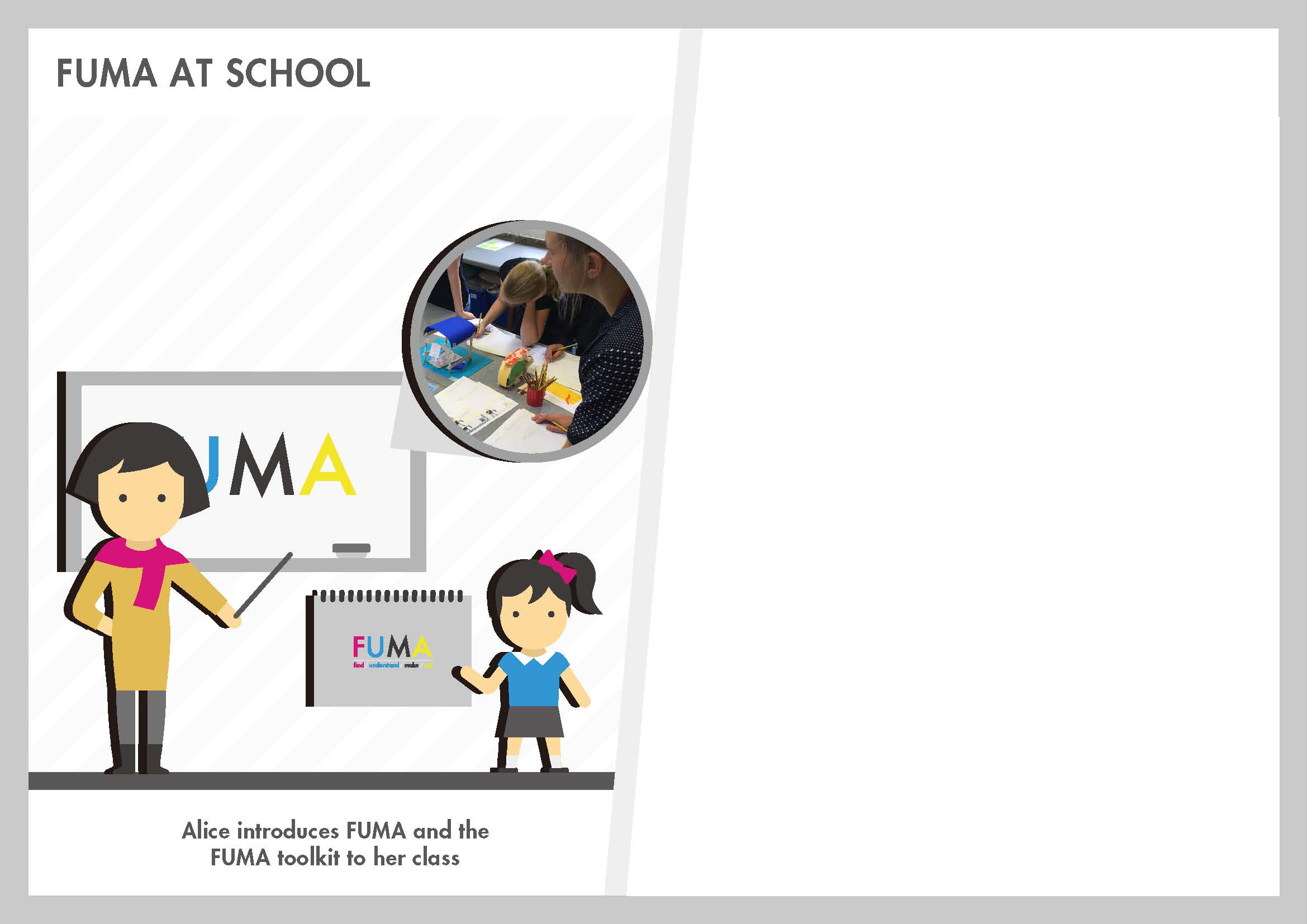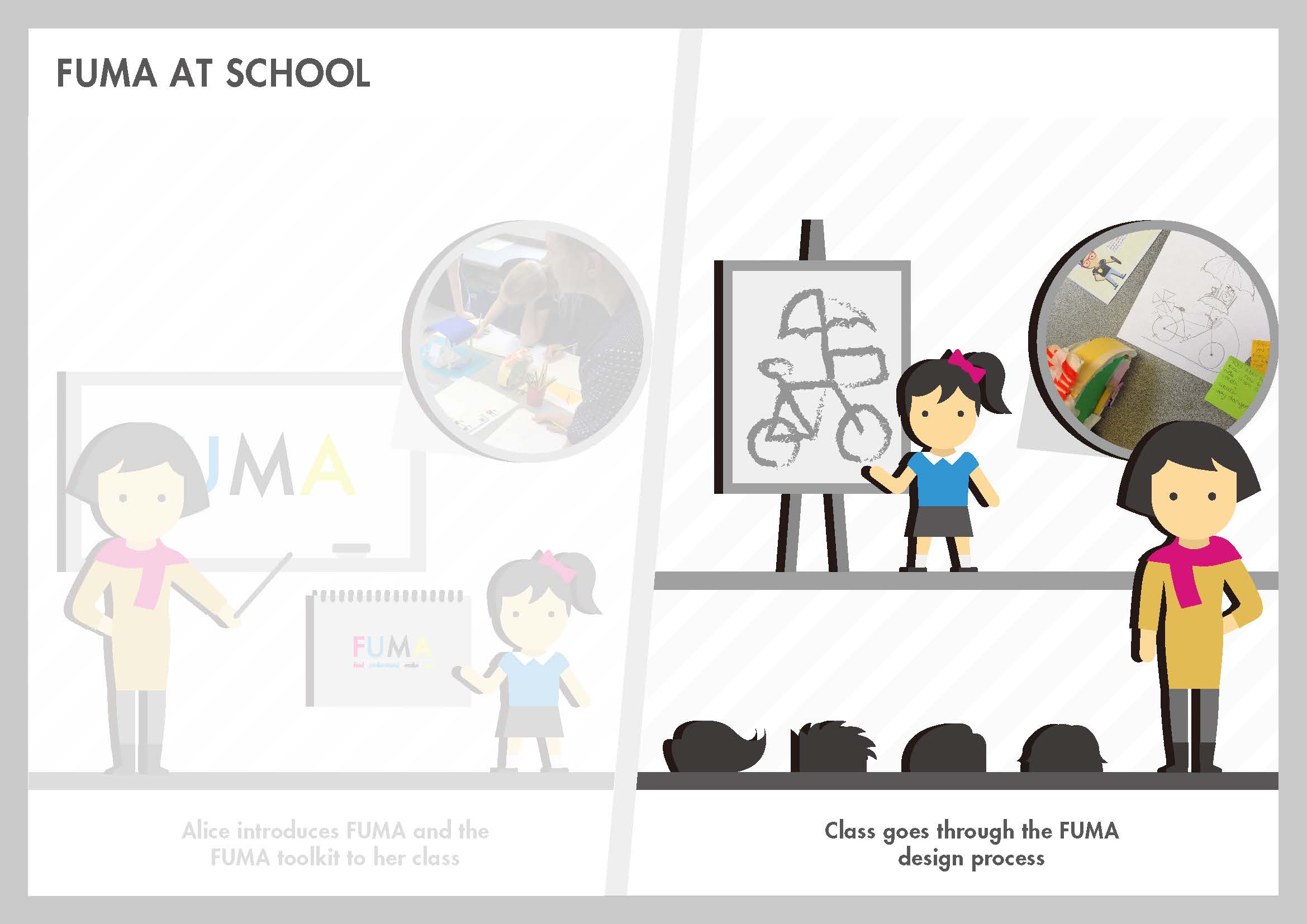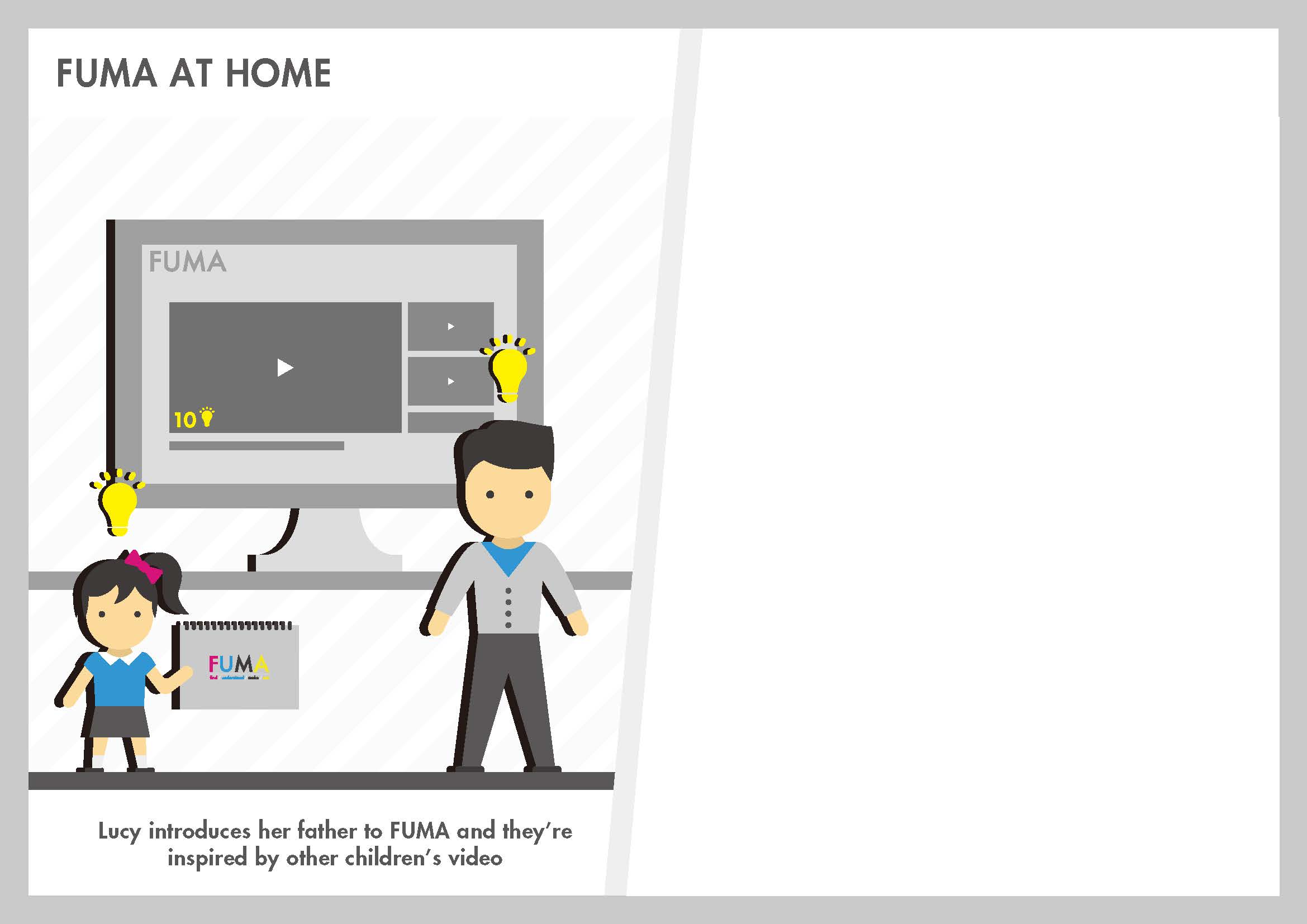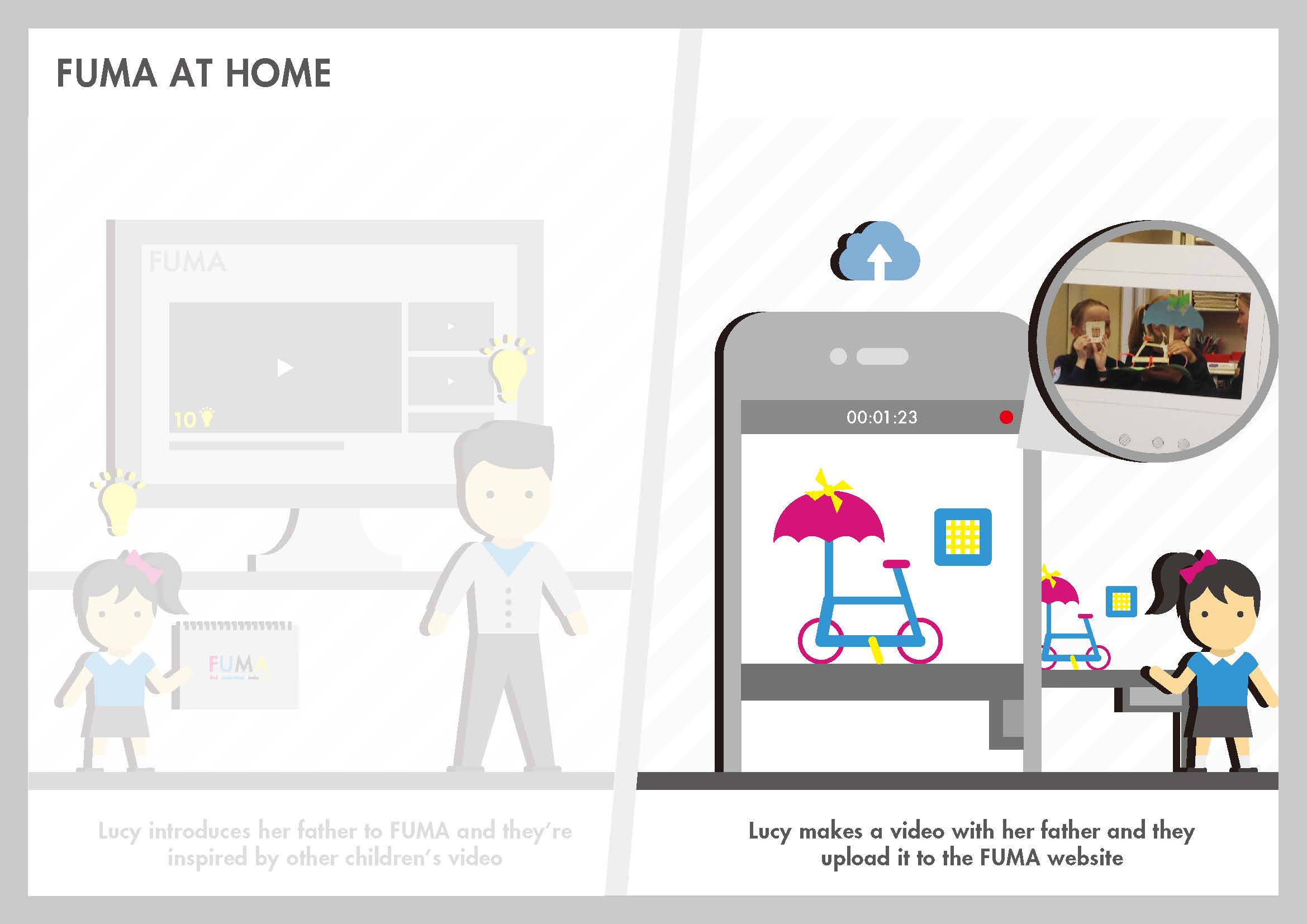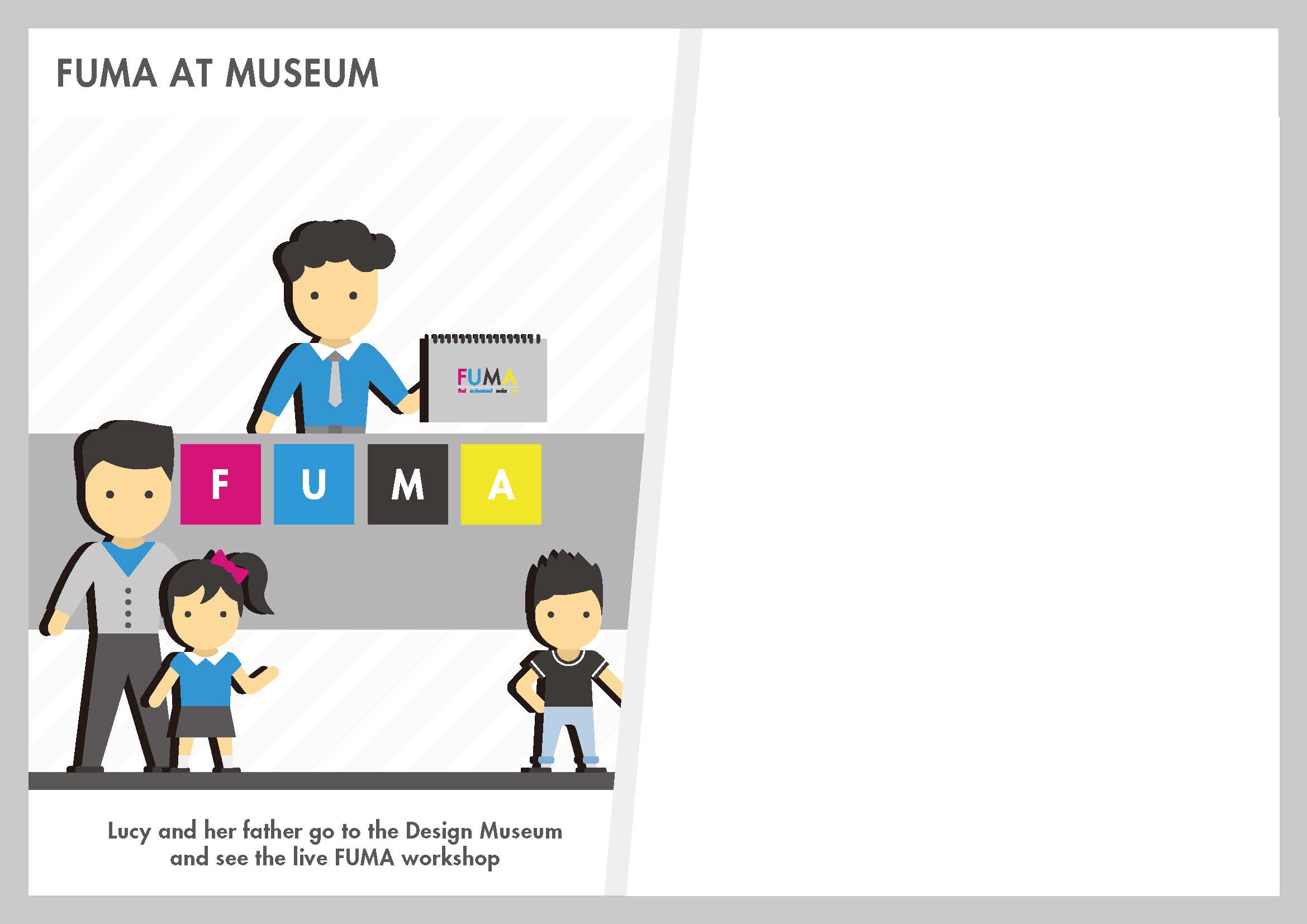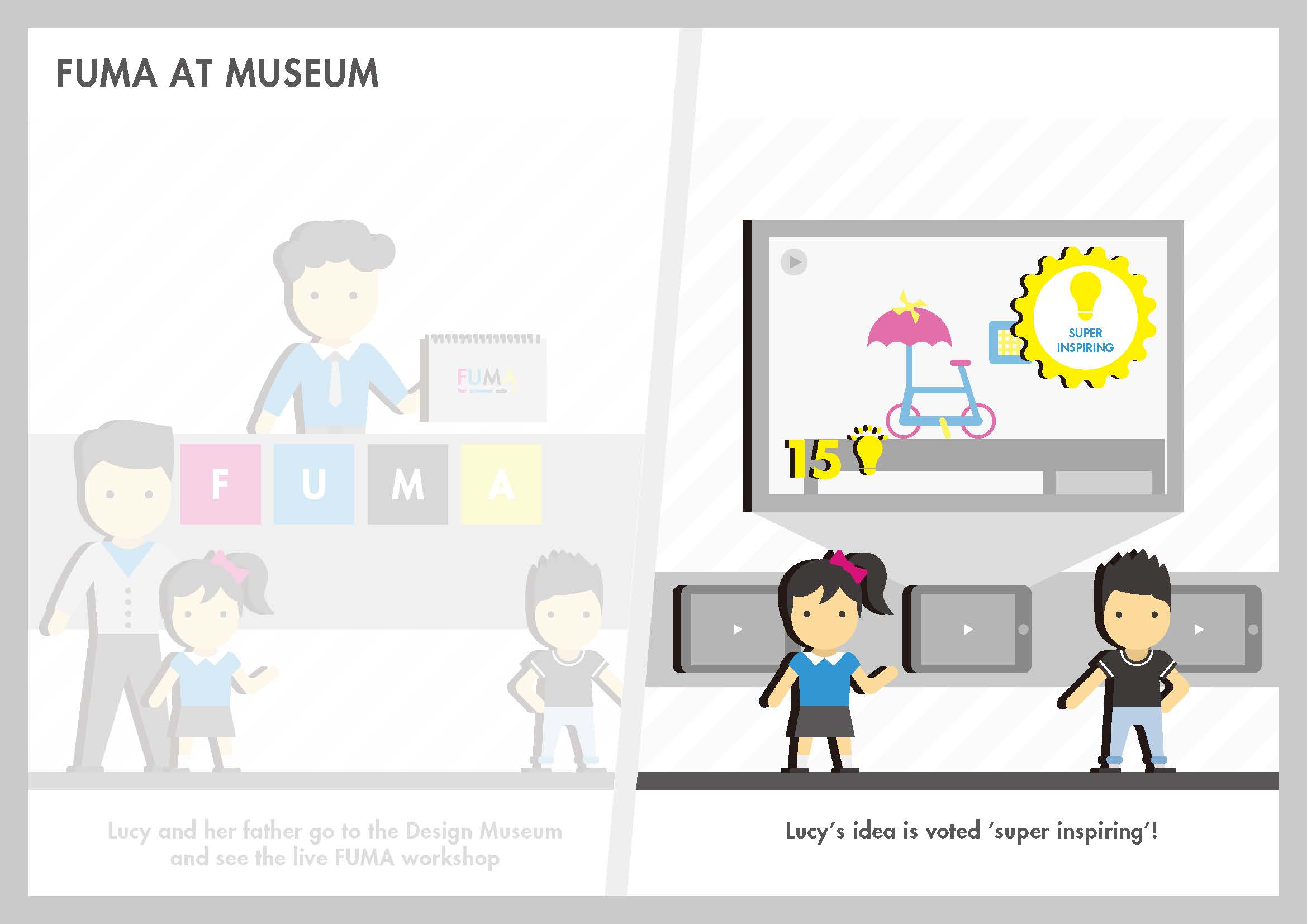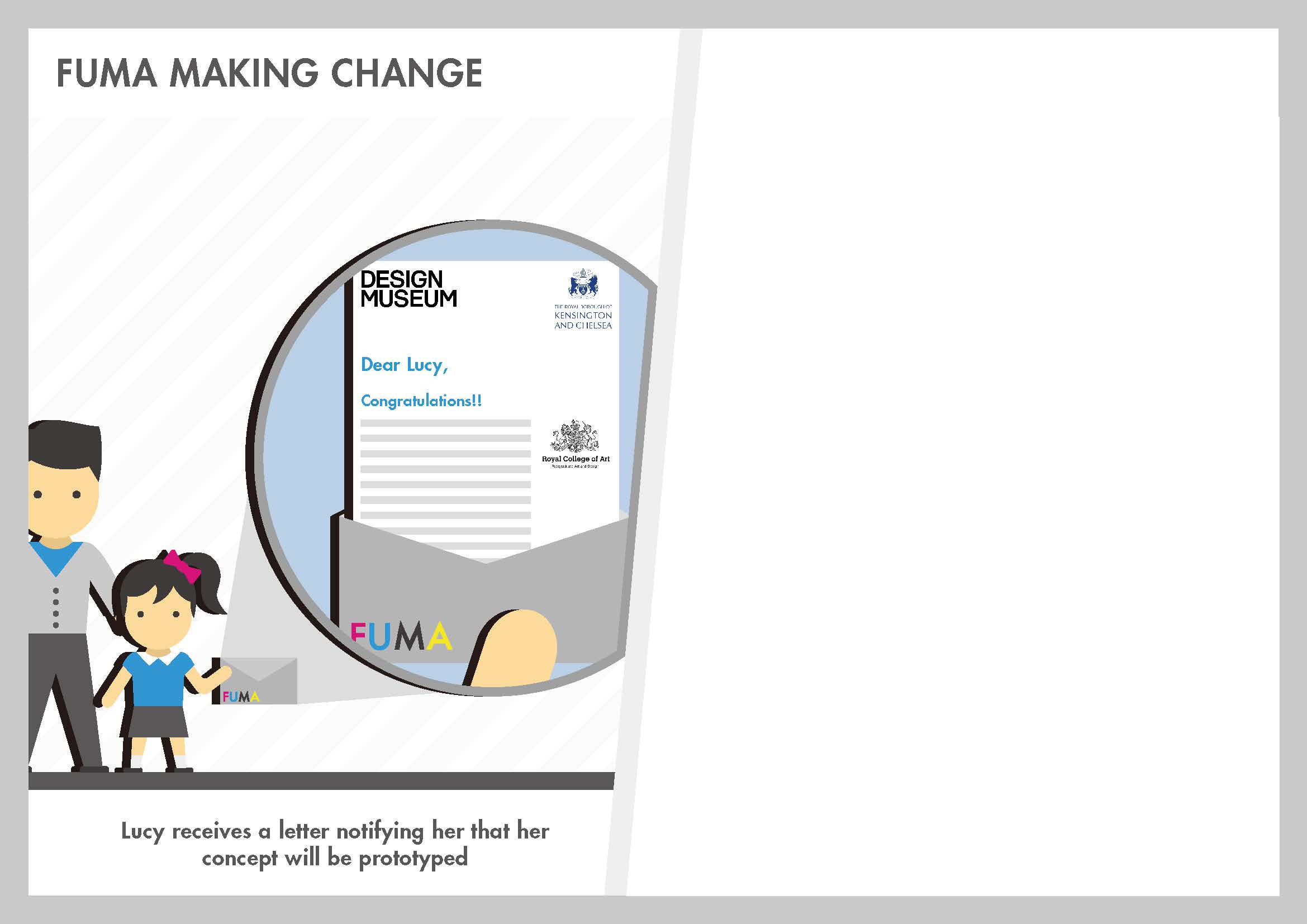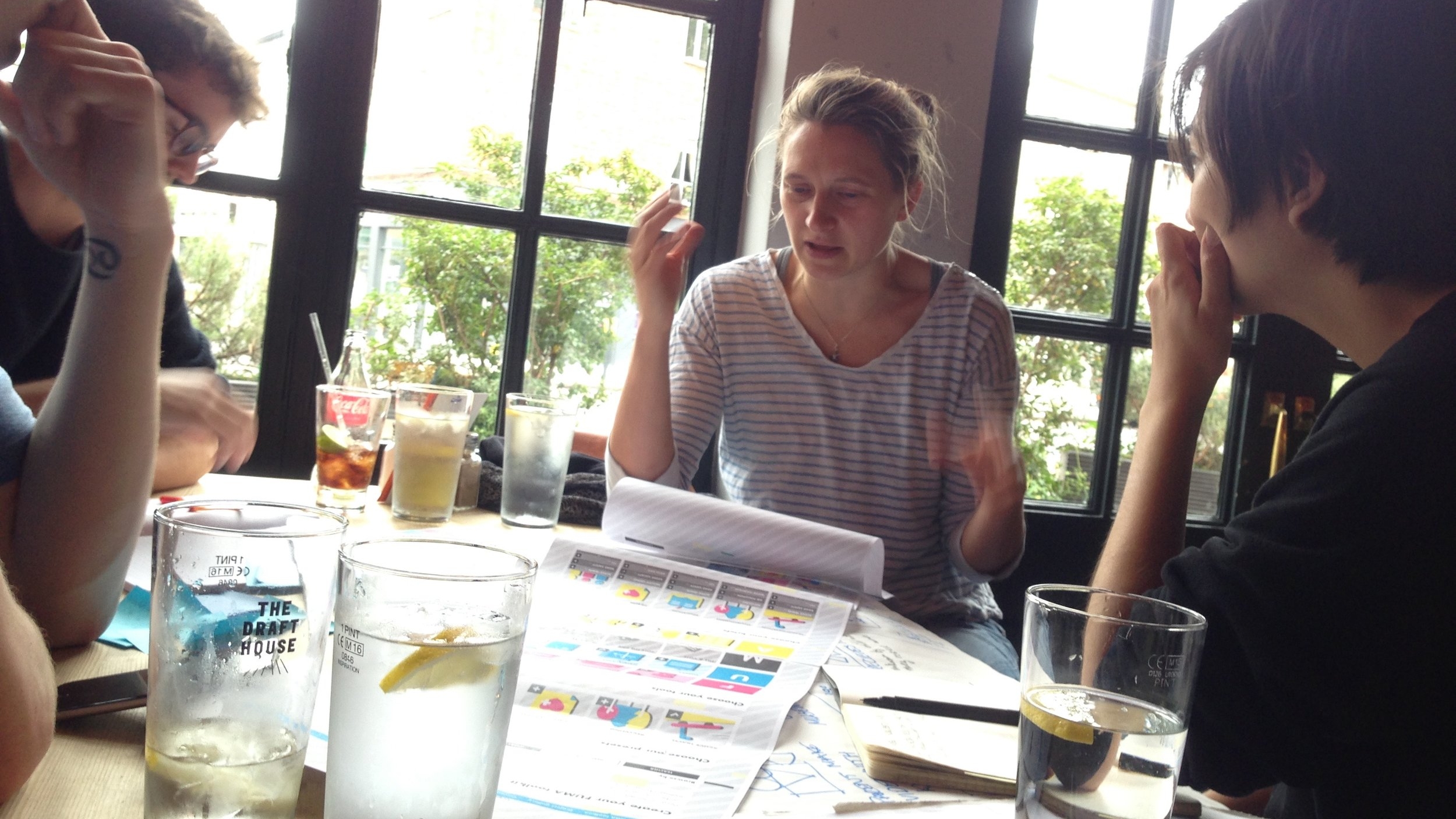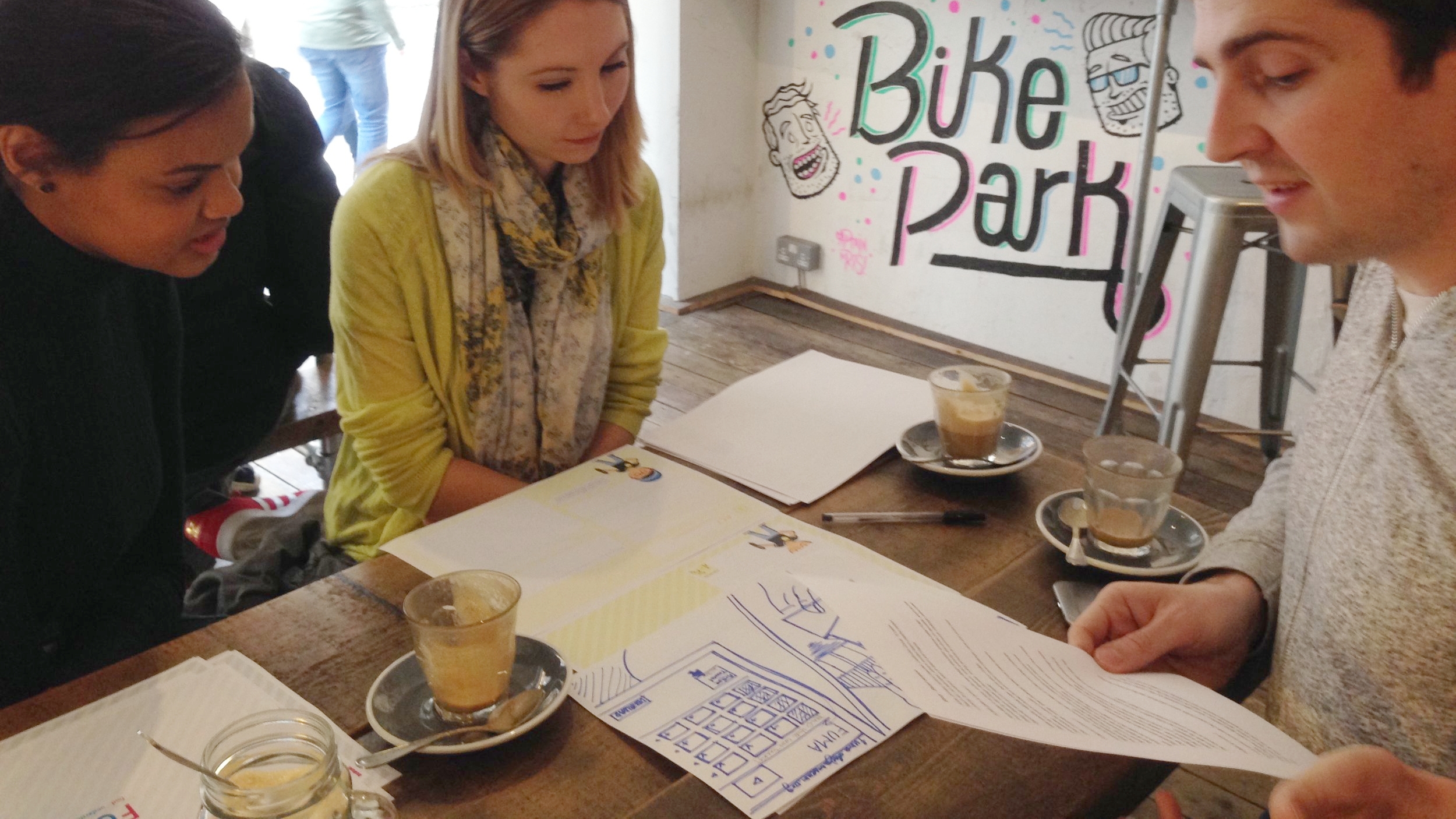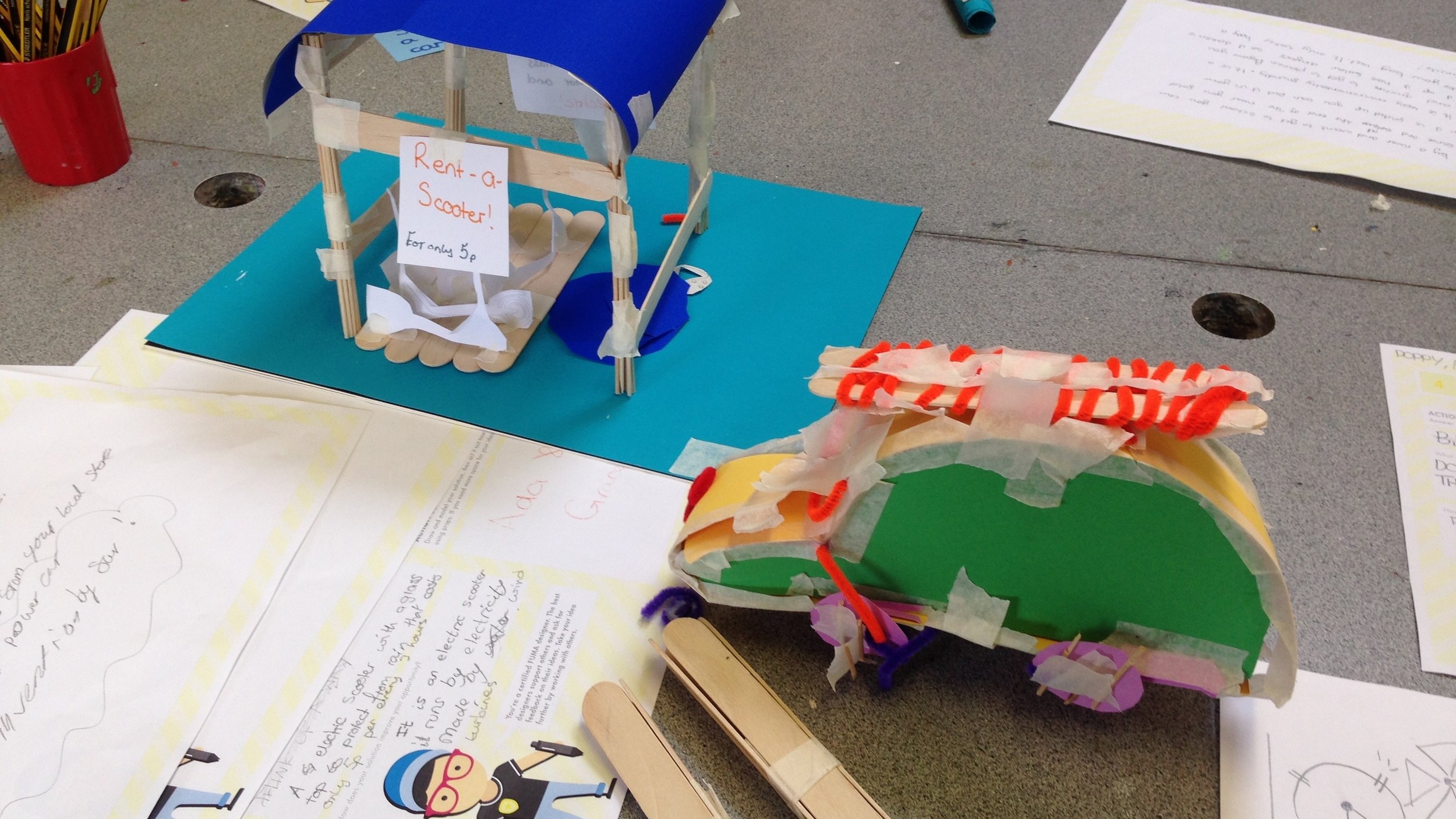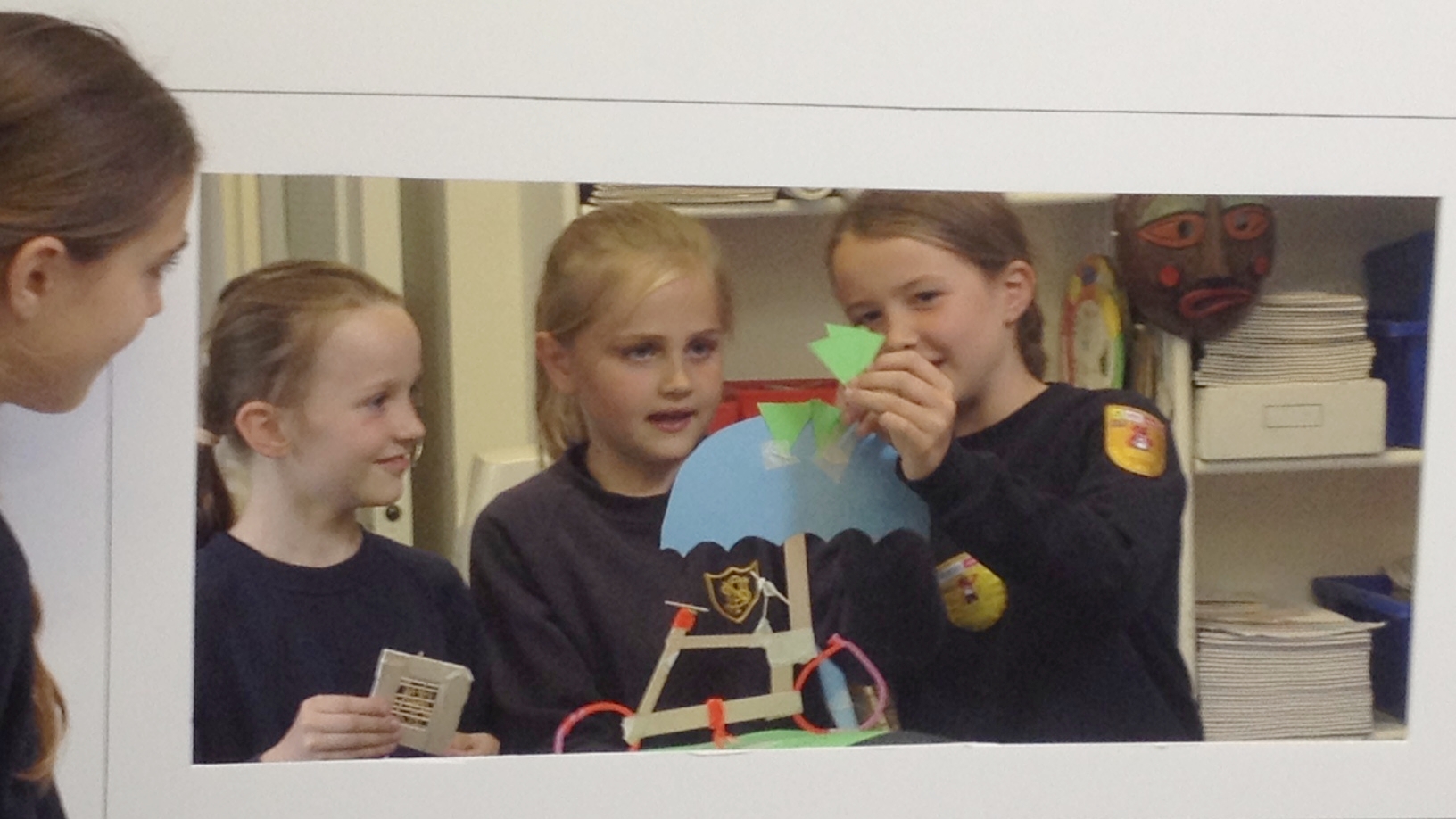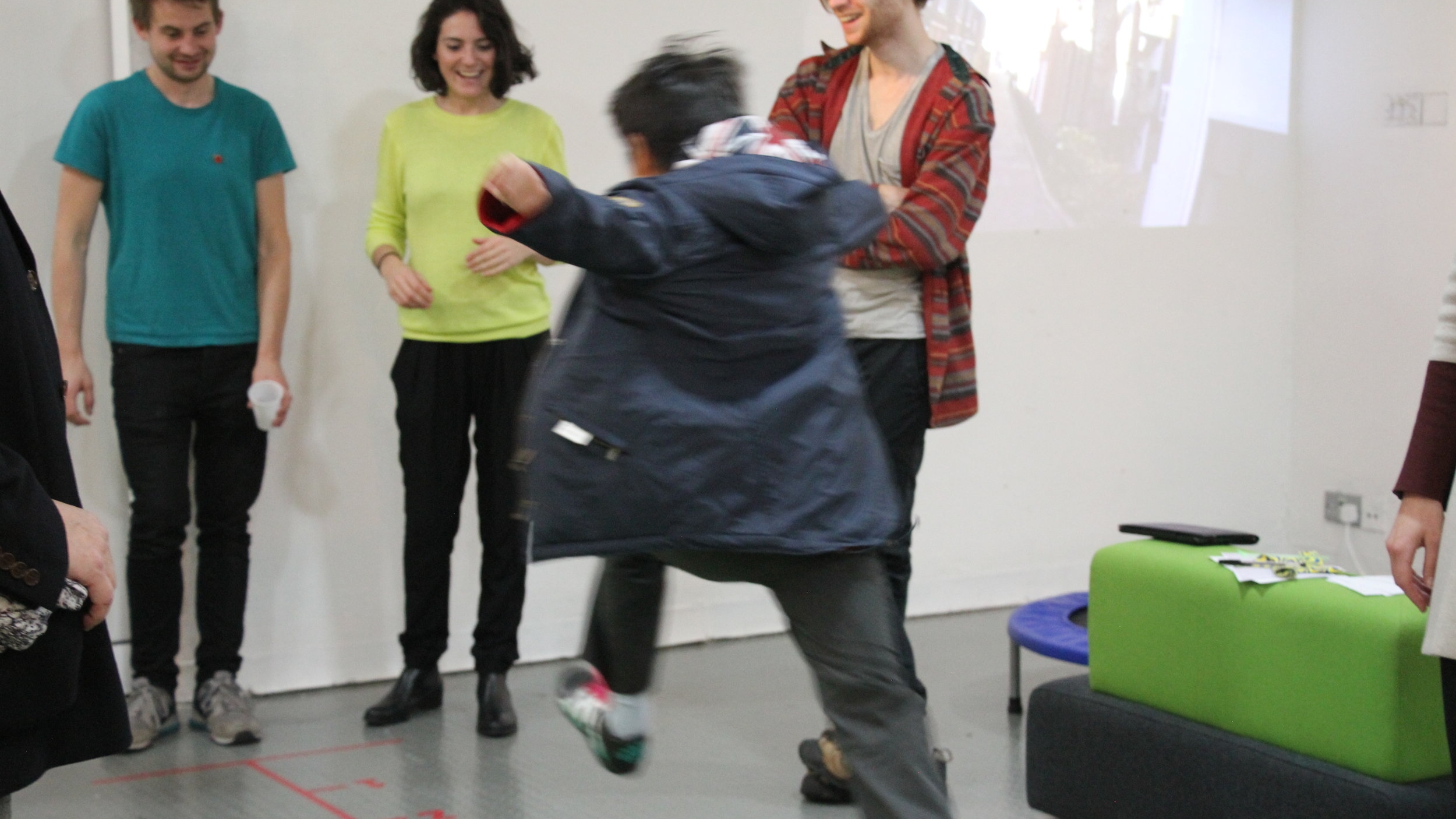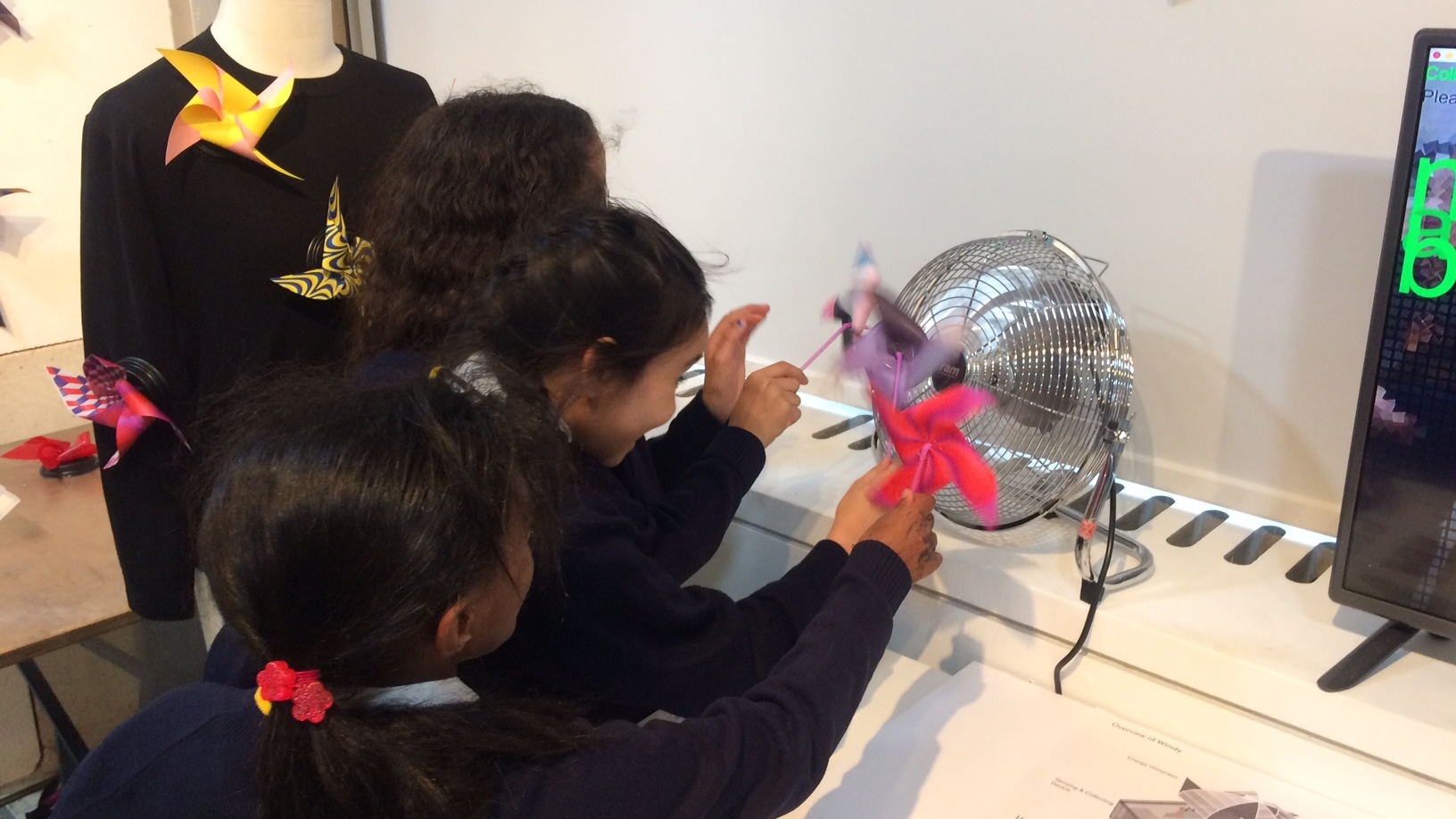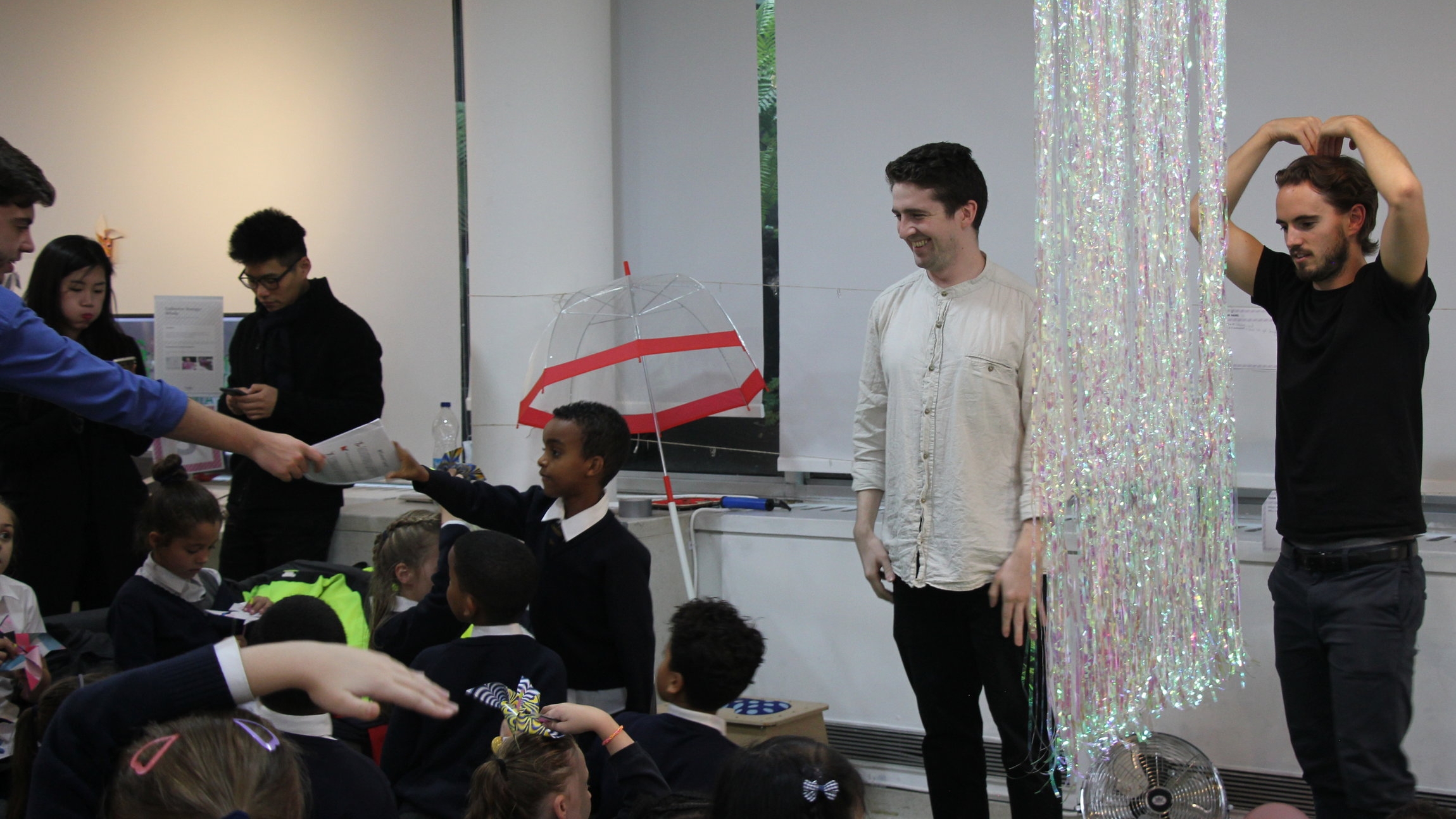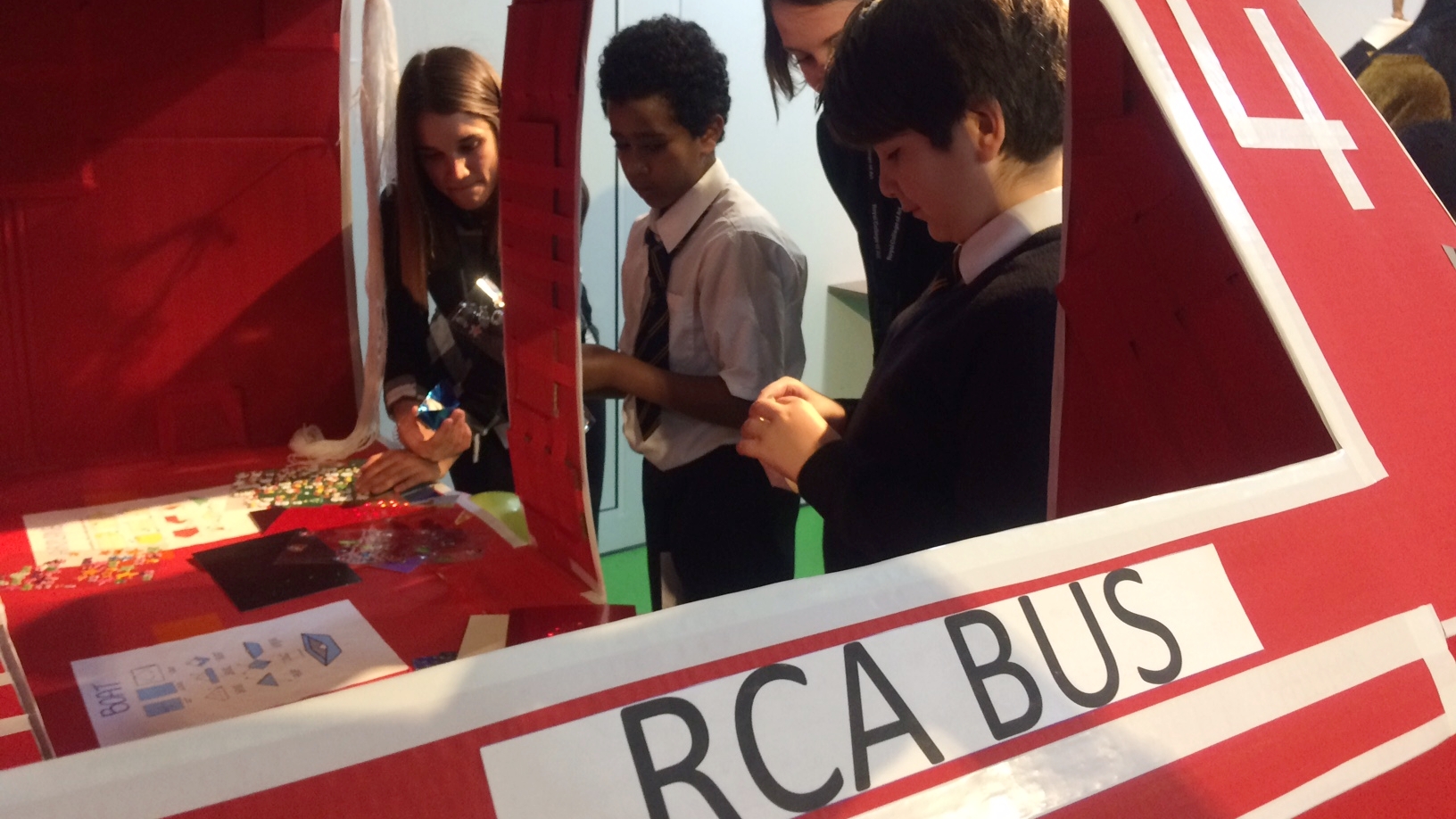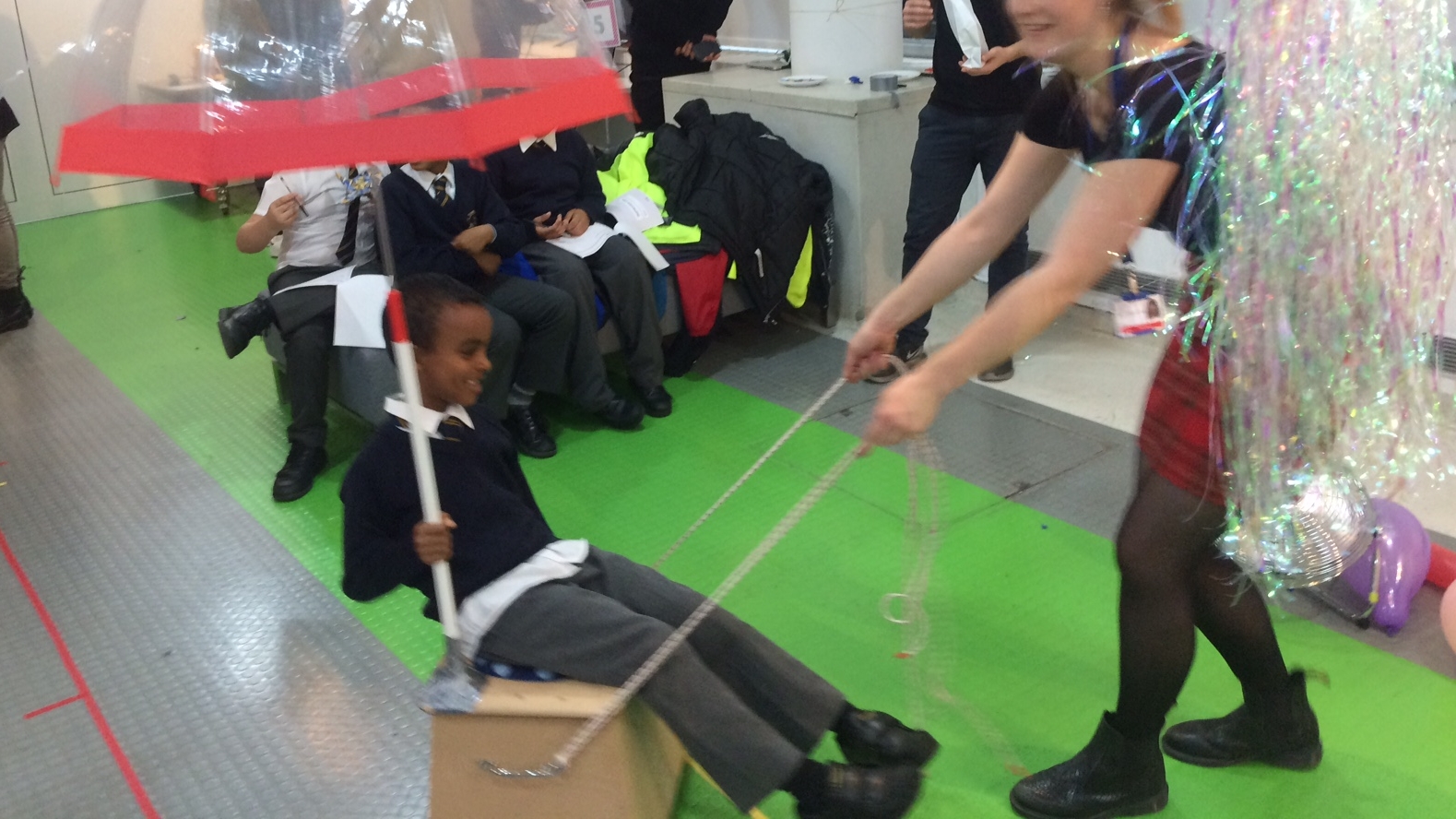How might we position design as a problem solving activity and provide support to children, parents and teachers to create future change makers?
Project date: 2016 April - 2016 November
Project client: Design Museum, Kensington & Chelsea council
Project team: Developed in collaboration with Culainn Bolandshanahan, Daniel Lee and Jupone Wang
Project location: London
Project tutor: Mat Hunter
Those who supported us in the project: Norland Place School, Saint Francis of Assisi Catholic Primary School, St Cuthbert with St Matthias CE Primary School
My role: User researcher, Research analyst, Design strategist, Brand designer, UI/UX designer, Video editor.
our vision
"All children are change makers!"
>>
Project background
This project is with the Design Museum and schools from the Royal Borough of Kensington and Chelsea and is set to help young people in the borough to learn about and become creative innovators with the support of the Museum, their schools and community teams at RBKC.
At the end of 2016, Design Museum relocated to The Royal Borough of Kensington and Chelsea which is the centre of design in the UK. It is a great chance for Design Museum to prove its value to the community. Also, the museum, the council and the design community can set the example for the rest of London and then the country by helping its children become change makers.
>>
The research
>>
Key insights
From speaking to different stakeholders involved, we identified:
- For Design Museum: They want young children to understand the value of design.
- For Kensington and Chelsea Council: They want to mobilise the public and get them engaged with challenges the borough faces such as active travel.
- For primary school teachers and parents: They want to see their children start to engage with their problems in practical ways as their children get ready for secondary school.
However, at primary school level, design is confusing. It is often confused with other subjects such as art or science. Sometimes it’s just seen as teaching children crafts such as woodwork or sewing. It’s disconnected from its real ability to solve problems.
>>
The solutions
Our concept is FUMA (Find/Understand/Make/Act). It’s a new way to teach the design process to 10-11yrs old children, helping them become change makers.
FUMA website design
At its core, FUMA is a toolkit that adapts the double diamond to teach kids how to become change makers through design - highlighting its value and place in children’s education. Through using the toolkit and following the FUMA design process, children get to
- Address real world challenges set by the borough.
- Attend hands-on workshops at the museum, guided by professionals.
- Get exposure for their work and inspire others with their creativity through an online sharing platform.
- And lastly have the chance to see their ideas materialized by professional designers, which would then be exhibited in the museum.
The story below demonstrates how FUMA works. (Alice is a primary school art teacher and Lucy is one of her students.)
For other stakeholders, by participating in the FUMA design process...
- Teachers are able to receive guidance in teaching creative problem solving and are able to share kids’ accomplishments with parents and the community through workbooks and uploaded videos.
- Parents are able to receive support in guiding their kids to become independent thinkers and get to watch their kids’ work impact the world.
- Design experts (RCA students) get to connect with the community by helping children bring their ideas to life.
- The museum and council are able to establish a hub for change, bringing the borough together around kids creativity, inspiring us to ponder on how we can all be change makers in the future.
Corinne, a primary school teacher
“A lot of design in school is about the end product. I like that FUMA have children thinking about the process and the impact of what they're doing before making something.”
>>
The outcome
We’d have received some really positive feedback from primary school teachers, parents and children that we’ve been developing the content with throughout the project. This has helped us to refine our toolkit and validate the value of our service.
>>
AcrossRCA workshop
Later on, we worked closely on a design challenge created on Active Travel, with other two primary schools in the Royal Borough of Kensington and Chelsea. During AcrossRCA, we gathered 20 RCA students from different courses and asked them to develop imaginative ideas from the primary school children into realisable designs.
>>
Press
<AcrossRCA 2016: Collaboration, Community and Co-design>
"Earlier this month a group of Service Design MA students – Culainn Boland Shanahan, Jupone Wang, Wei-Teng Lin and Daniel Lee – ran a series of design workshops in local primary schools, sharing their approach to design as a way to solve real-world challenges. The children were set the task of improving active travel: their imaginative solutions included a floating orb with a disco ball inside it and a flying bicycle that also cleans the air. As part of AcrossRCA the group have asked RCA students to develop these ideas into realisable designs. ‘The children will come to an exhibition on Friday to see their work alongside the RCA students’ ’ Culainn explained. ‘We believe that children’s creativity should be celebrated and that the students at the RCA are best suited to inspire the next generation of artists and designers.’"




